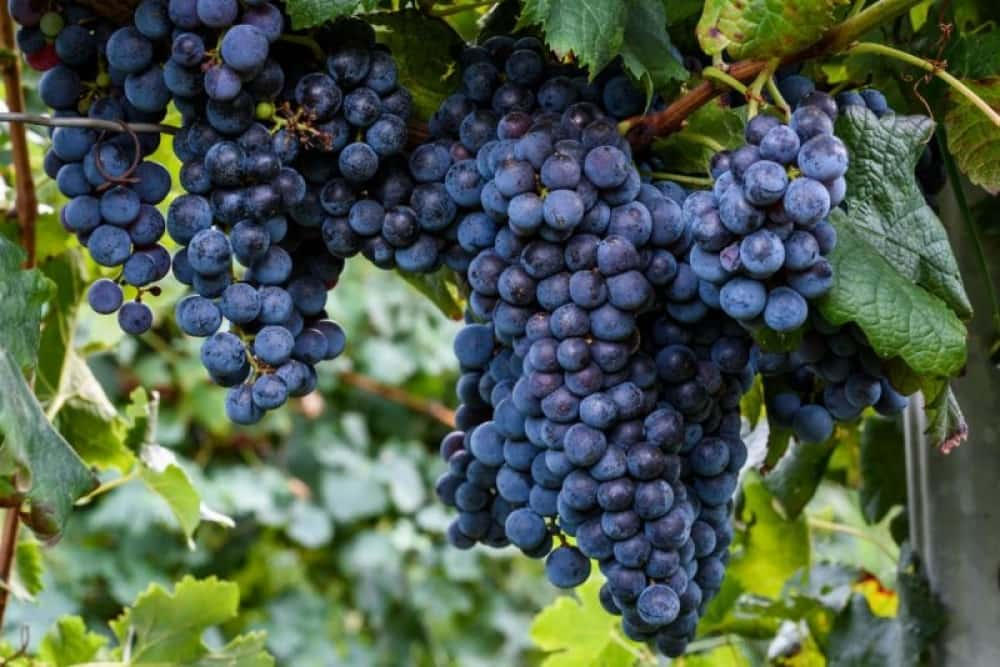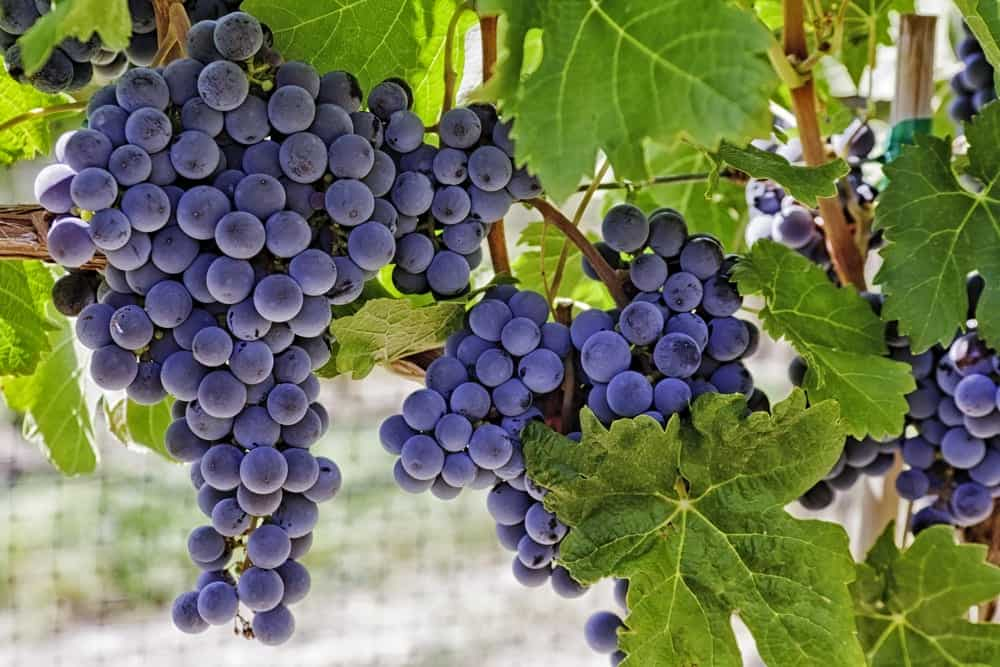There are many red grape varieties in the world. Cabernet Sauvignon is a grape variety. It is very popular and one of the most produced grape varieties in the world.
- Abroad
Cabernet Sauvignon is widely planted around the world, it is found in many countries, from Italy to China. One of its very beautiful expressions is in California, where since the 1960s it has been planted masse, in comparison with France, which are more powerful and full-bodied. It is also found in the countries of the new world, such as in Australia or South Africa. Cabernet Sauvignon is undoubtedly one of the most polymorphic red grape varieties, the most capable of adapting to the diversity of soils and climates.
- Culture
It is not very susceptible to disease, which allows Cabernet Sauvignon to have fairly slow ripening cycles. It is a rather late variety; in Bordeaux, it is always harvested last, after the Merlots. This is explained by the fact that it is more resistant to autumn conditions and less susceptible to botrytis, in particular, this disease of the vine. 
- Blind tasting
It is a grape variety that we will find by the freshness, the acidity, and the quality of the tannins that it will give. It will not be confused with a Merlot, rounder, silkier, and enveloped. Cabernet Sauvignon, like Cabernet Franc in its finest expressions from the Loire, has a slender side. It gives this impression of great freshness on the finish, which can sometimes be a little minty, but which often evokes red fruits.
- Assembly
In France, Cabernet Sauvignon is generally never vinified pure (100% Cabernet Sauvignon). The rigor and the tannic structure of this grape variety need to be enveloped in a little fatness and sweetness that the Merlot brings to it. It is blended with percentages ranging from 5% to 10% Merlot, up to 50% sometimes. This is not the case in new world countries, where we like 100% Cabernet Sauvignon vintages. Warmer climates allow for slightly more mature maturation and produce slightly sweeter and rounder Cabernet Sauvignon, which needs less Merlot. After 15 or 20 years of aging, Cabernet Sauvignon becomes interesting because its tannic structure blends and its tannins are less aggressive and less drying. 
- Food
When Cabernet Sauvignon has matured for a few years, it adapts well to great French gastronomy, especially to red meat dishes. Its tannic structure makes it possible to meet prime rib and game. We will prefer dishes that have structure and power, and that is not afraid of sauces. Cabernet Sauvignon can from time to time reveal more surprising pairings: it is a grape variety that likes lobster. It works beautifully!
- The story
I had the chance to drink memorable Cabernet Sauvignon, mainly from the noblest terroirs of the Médoc. I remember drinking 1945 vintages which were still incredibly fresh, lively, and long-lasting. 
- Shiraz
To make matters even more confusing, some places use different names for the same grape! A famous example is Syrah and the alternative Australian ego, Shiraz. Where in the world The primary difference between Sirah and Shiraz is where they come from. Biography from France, and Shiraz from Australia. France is the spiritual and literal homeland of the Syrah grapes. Genetic testing shows that Syrah is the loving daughter of two French grapes, Dureza and Mondeuse Blanche, so Syrah is by definition a French grape. However, it was brought to Earth in the 19th century by Scottish virologist, James Busby, who is often called the "Father of Australian Vineyards" and has been a major part of Australian popular drinks. Australia may be the proverbial new kid on the block, but they took Syrah and ran with her. Although it is the most widely cultivated grape variety in Australia, no one knows why growers today call it “Shiraz” rather than “Syrah” (accident, accent, just a fun little diversion?) to distinguish it from the French style. While it was first brought to Hunter Valley and is now cultivated throughout Australia, the Barossa Valley near Adelaide has become a major Shiraz real estate. It makes up 40% of Australian drinks, so it's no surprise that it's the primary grape in some of Australia's most popular (read: expensive!) drinks.  Meanwhile, French Syrah is usually found in the Rhone region, a few hours south of Burgundy. Instead, they do it based on where they come from, or "name them," and leave it up to you to figure out what kind of grape it is. In the northern Rhone, you'll find drinks made with 100% Syrah - Hermitage, Cornas, and Côte Roti, for example. In the southern Rhone, Syrah is often mixed with Grenache and Mourvèdre, as in the Côtes du Rhône or Châteauneuf-du-Pape. France remains the leading Syrah producer in the world, with regions of particularly high yield, such as the Languedoc-Roussillon in southwest France, gaining popularity among people worldwide.
Meanwhile, French Syrah is usually found in the Rhone region, a few hours south of Burgundy. Instead, they do it based on where they come from, or "name them," and leave it up to you to figure out what kind of grape it is. In the northern Rhone, you'll find drinks made with 100% Syrah - Hermitage, Cornas, and Côte Roti, for example. In the southern Rhone, Syrah is often mixed with Grenache and Mourvèdre, as in the Côtes du Rhône or Châteauneuf-du-Pape. France remains the leading Syrah producer in the world, with regions of particularly high yield, such as the Languedoc-Roussillon in southwest France, gaining popularity among people worldwide.
